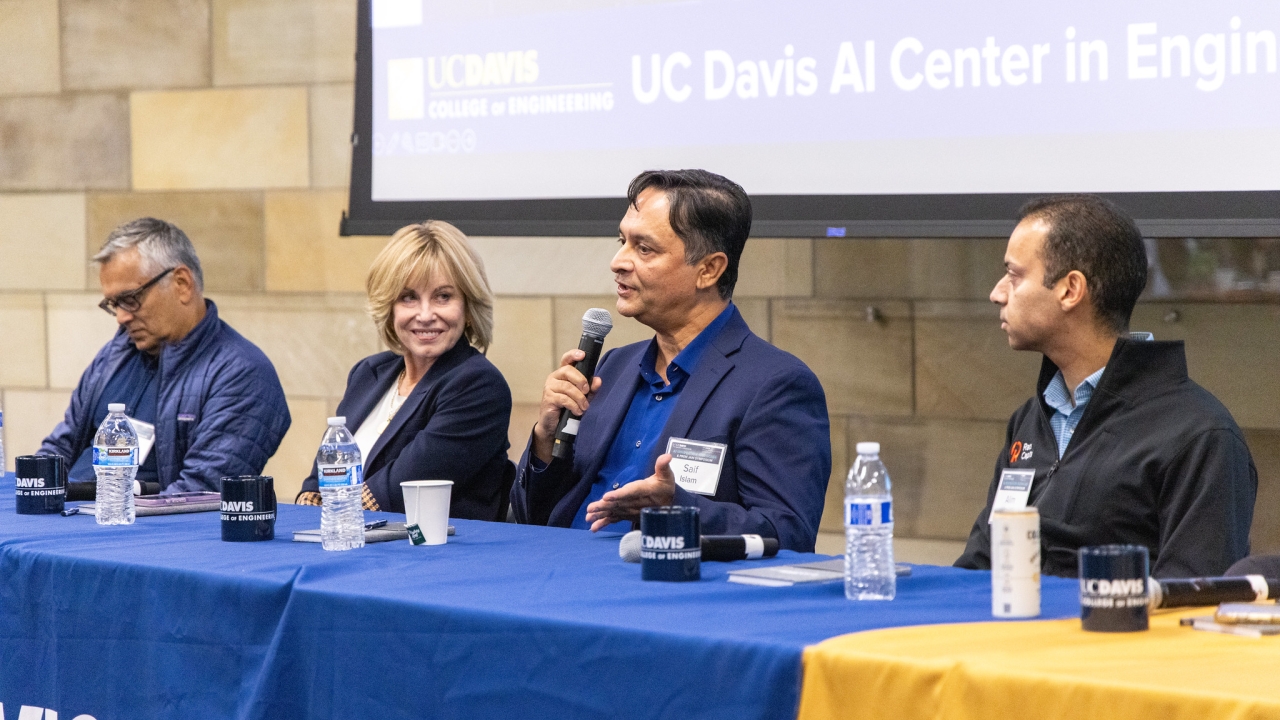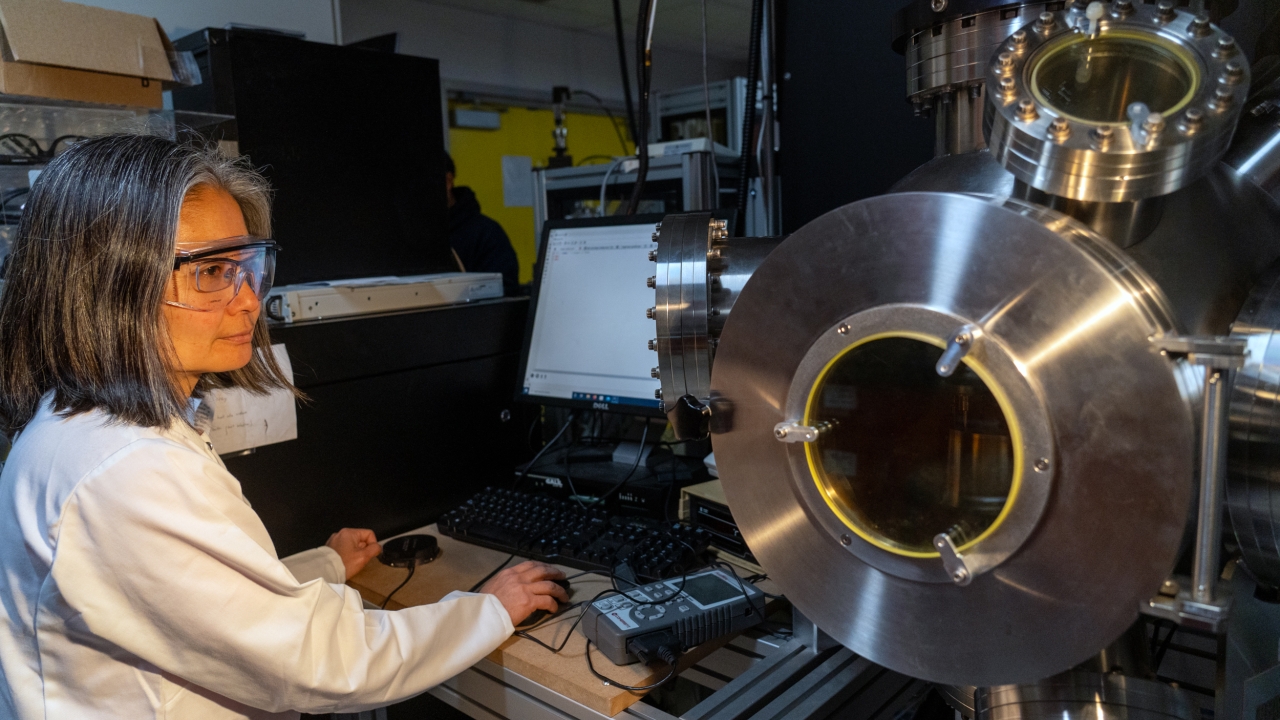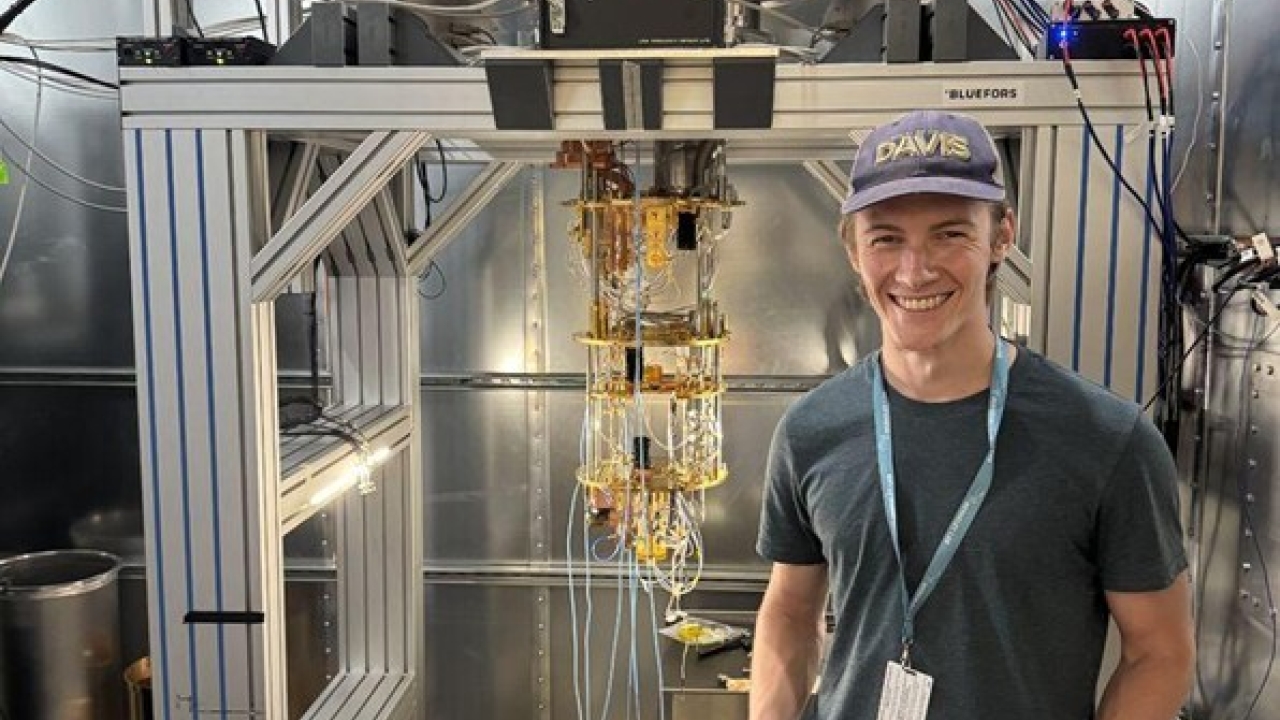Biography: Ray B. Krone
Ray Krone’s love of aircraft bookended his impressively busy career as a civil engineer and soil scientist. He piloted a P-38 airplane over Germany during World War II, as a member of the U.S. Army Air Corps’ 31st Photoreconnaissance Squadron; his subsequent love of flying continued right up to the moment he died of a heart attack in December 2000, while working on his own plane in a hangar at the Yolo County Airport.
Krone earned a degree in soil science at UC Berkeley in 1950, and then immediately became a research scientist at the campus’ new Sanitary Engineering Laboratory (SERL). He and his SERL colleagues pioneered new approaches for waste water treatment and water pollution control, using natural soil systems. Krone supplemented this full-time work by continuing his education at UC Berkeley, eventually earning a master’s degree in sanitary engineering in 1958, followed by a doctorate in 1962.
He then studied the hydromechanical behavior of sediments in suspension, the work that eventually would bring him world-wide recognition as a research scientist and practicing engineer.
UC Davis beckoned in 1963, and Krone joined the recently created College of Engineering. During the next decade, he implemented numerous research projects in water, air and land quality that bolstered California’s growing reputation as a state on the cutting edge of environmental issues. He studied sediment movement by tidal currents and waves within harbors and estuaries, and helped design many harbors and wharves in the San Francisco Bay and delta.
Krone became chair of the UC Davis Department of Civil Engineering in 1968, and four years later was appointed associate dean for research for the College of Engineering; he remained in the latter post through 1988. He chaired the committee that oversaw the building of Engineering II — re-christened Kemper Hall in 2003 — which today houses the Ray Krone Conference Room, named in his honor.
Krone received many honors during his career, notably the Hans Albert Einstein Award in 1991, presented by the American Society of Civil Engineers, for his contributions to the knowledge of sediment transport. He was elected to the National Academy of Engineering in 1995, and in 1998 was elected a fellow of the American Academy for the Advancement of Science.




